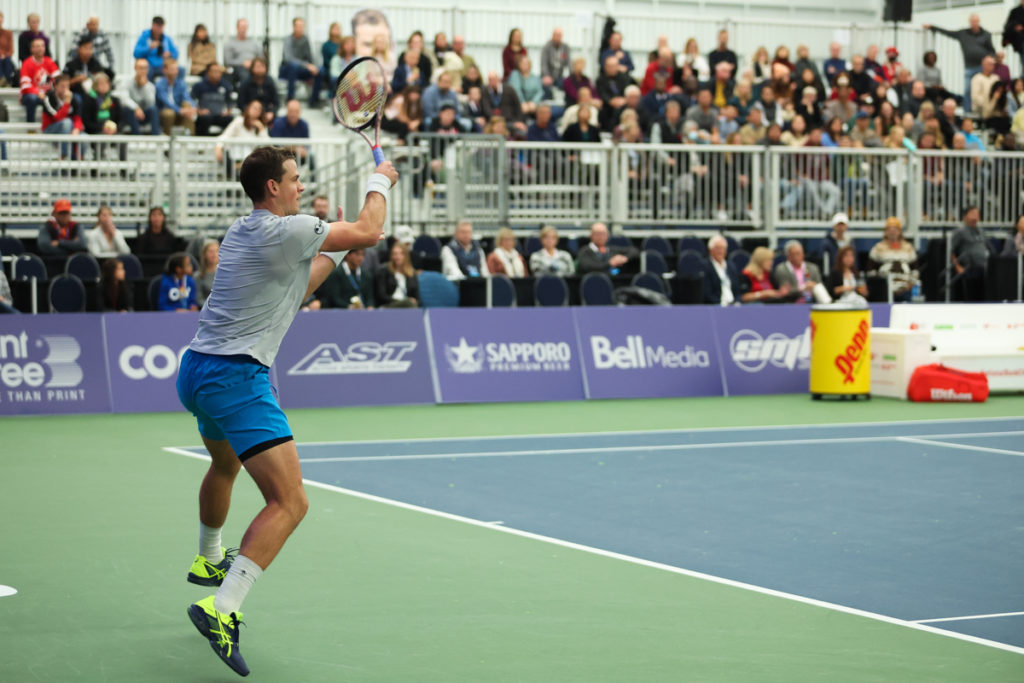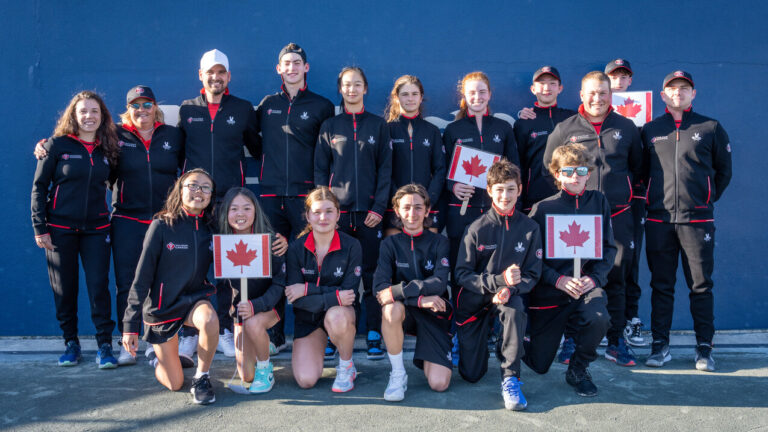
Photo: Kyle Clapham
On Monday, Tennis Canada released its official National Event Calendar for the 2023 tennis season. In addition to bringing back the vast majority of the events played in 2022, Tennis Canada is thrilled to announce the addition of seven $25,000 ITF World Tennis Tour tournaments and four ITF World Tennis Tour Junior tournaments to this year’s schedule.
The changes to the 2023 calendar include seven new pro-level tournaments: two women’s events (W25 Toronto and W25 Ile Des Soeurs), three men’s events (M25 Montreal [twice] and M25 Laval), and a combined men’s and women’s competition (M25 and W25 Edmonton). On the junior circuit, the number of ITF events increases from 17 to 21, with many of them receiving an upgrade in their sanction level.
Notable pro-level tournaments returning in 2023 are the National Bank Challengers in Winnipeg, which will be hosted at their new site in West St. Paul, as well as Saguenay, Calgary, and Drummondville. Additionally, the prestigious National Bank Open presented by Rogers will again take place in early August and will be followed by the men’s and women’s combined events at the Championnats Banque Nationale de Granby from August 20 to 27.
Following the postponements and cancellations of domestic events in 2021 due to the COVID-19 pandemic, tennis events returned to the calendar in 2022 with 70 total organized by Tennis Canada. This year, the number of national events will grow to over 90, including 23 at the professional level, 38 on the junior circuit, 20 for those competing in masters (formerly seniors) events, and eight for wheelchair tennis athletes.
View the 2023 National Event Calendar.
The significance of increasing the number of domestic events
In 2022, Tennis Canada completed a national competition summit with international, national, provincial, and private sector partners led by external experts LBB Strategies. This thorough review included a number of recommendations aimed at enhancing the overall competition structure in Canada, such as strengthening the pro-level and junior schedules. Other factors discussed included reinforcing positive sport experiences and fair play, increasing the number of quality and level-based play and matches, developing a competitive mindset, and providing age and stage-appropriate competitions throughout the development system.
In collaboration with the private sector and Provincial Tennis Associations, Tennis Canada will be implementing many of these recommendations in 2023. Improving competition at all levels is a continuous process, however, it is an essential measure the organization needs to consider year in and year out to ensure Canada remains among the best tennis nations in the world.
“Our goal is to build a world-class, pro-competitive structure that will contribute to developing top tennis prospects in Canada to the highest level,” said Hatem McDadi, Senior Vice President of High-Performance Development at Tennis Canada. “We want to thank all parties involved that helped provide insights, feedback, and solutions to assist us in taking this step forward together. Having a world-class competition structure helps us recruit, retain, and develop tennis players, and will ultimately help us in our shared vision to be a world-leading tennis nation.”


